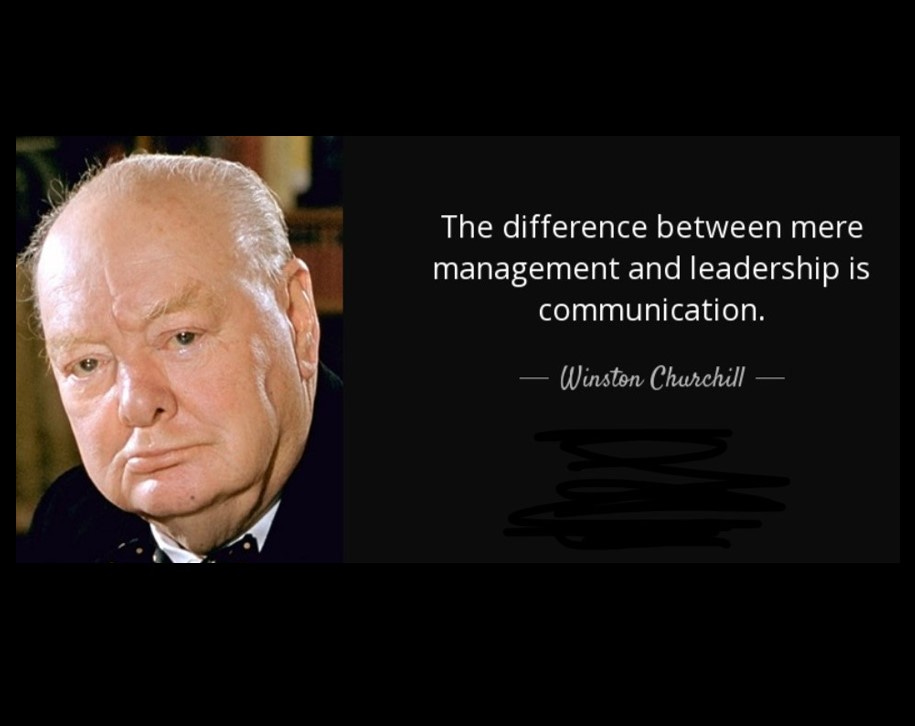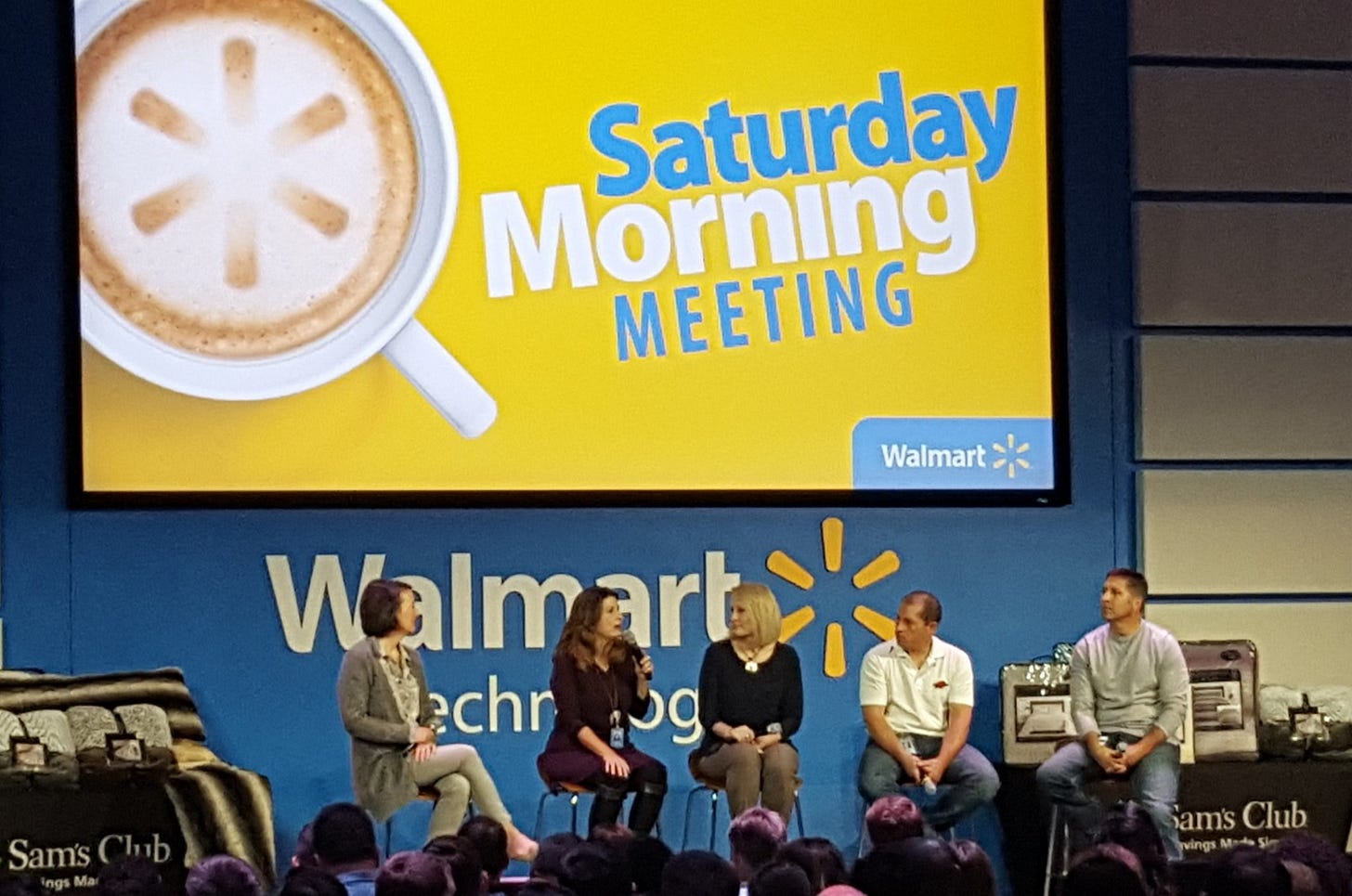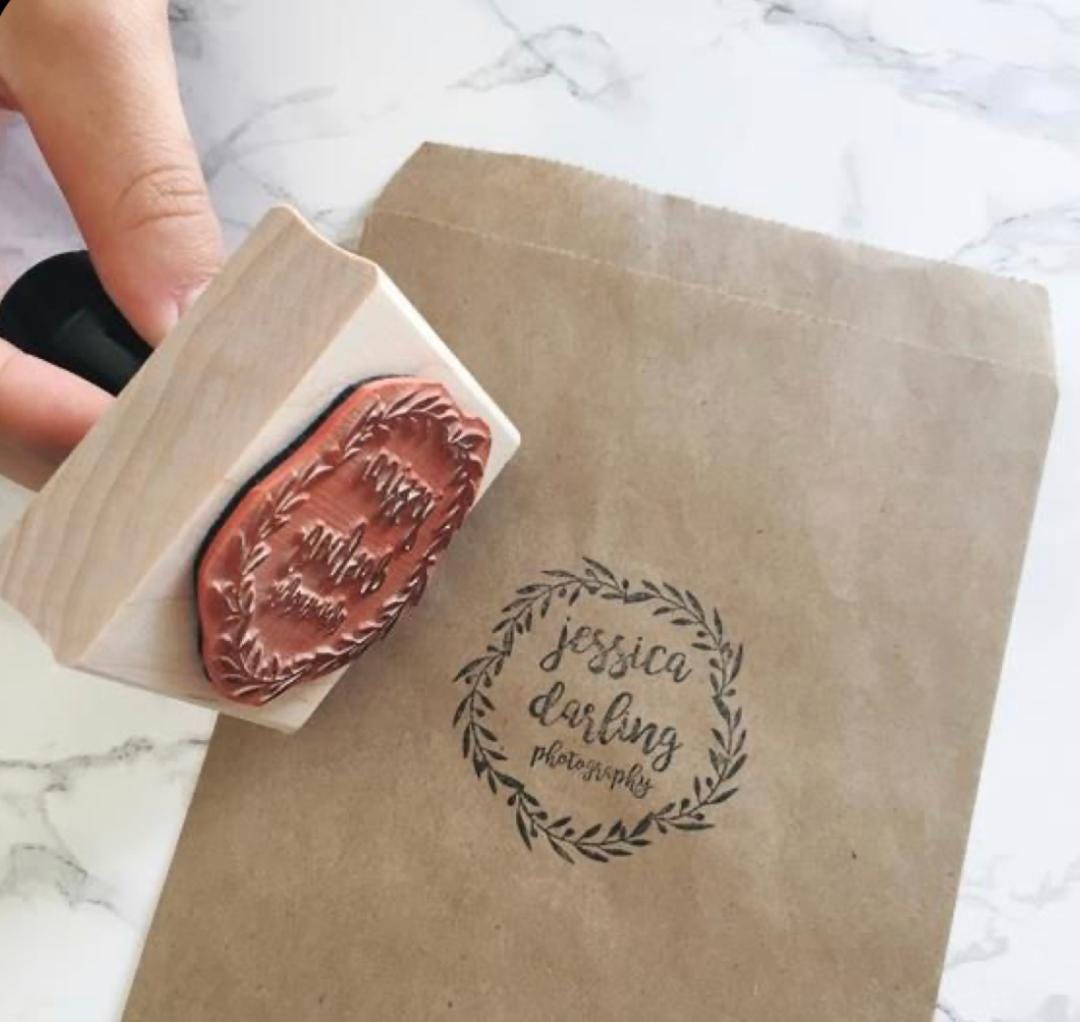Two Steps for Turning Retail "Employees" into "Team Members"
These two proven communication methods will create more engaged, productive, and loyal retail employees
Well, retail people challenges continue to impact many businesses. Despite the pending end of enhanced unemployment benefits (which have already been cancelled in many states), finding and keeping team members is enormously difficult. There is no “silver bullet” solution. However, I see over and over again that when businesses treat their people well, they retain them longer and they attract more high-quality candidates, often because of the positive reputation they have developed as a great place to work. Today’s issue is our latest deep-dive into tactics that retailers of all sizes can use to turn “employees” into true “team members”.
Before you read further, please share All Things Retail with your retail friends:
If you have not subscribed yet, you can here:
Two Steps for Turning Your Retail Employees into Team Members
Cashierless store checkout, augmented reality shopping experiences, social-commerce, pricing optimization, AI-driven personalization. These tech-driven innovations, plus many others, hold great potential to create competitive differentiation and help drive sales growth for retailers large and (sometimes, based on affordability) small. I am a fan of these tools and believe they can truly add value for merchants. But none of them are silver bullets and none of them, by themselves, can take a retailer from being good to being great.
That said, there is one business asset that, if managed properly, can indeed take a retail business (or any business for that matter), from good to great. People. Associates. The Team. Those individuals that are the face of every retail business and who interact with guests every minute of every day.
Didn’t we just discuss this in Issue #15, 10 Ways to Stop the Retail Employee Exodus? Yep, sure did! Frankly, people are so important to the success of every retail business that I could write about them every single week. This week, I want to take a deeper dive into two zero-cost ways to communicate more effectively with your people.
Why is communication important? People want to feel included, respected, and knowledgeable about the business and how they can best contribute to its success. Proper communication (content plus frequency plus listening) will go a long way towards turning an “employee” into a “team member”.
Over the years, I have studied and subsequently used 2 specific communication methodologies with great success:
Walmart’s Saturday Morning Meeting
MBWA (Management by Wandering Around)
In each case, I adapted these methodologies to fit the particular business I was leading. But I never lost focus on the core goals of communicating standards, expectations, deliverables, and results to our people, which always resulted in increased feelings of inclusiveness and “team”.
Let’s dig in!
Walmart’s Saturday Morning Meeting
Walmart is famous for bringing its executives and other associates together every week to critique the business, discuss strategy, identify, and correct weaknesses and share ideas. Walmart often described these meetings as “the pulse of our culture.”
I was personally exposed to the power and value of these meetings when Bill Fields, the former CEO of Walmart US, came over to Blockbuster (back in their better days) along with several other Walmart execs. We created our own version of the Saturday Morning Meetings, and it was immediately apparent how beneficial they could be to the culture and effectiveness of any business.
This concept was born 1962, when Sam Walton didn’t think it was fair for him to take Saturday off when clerks at Walton’s Five & Dime were working to serve their customers. As he put it in his autobiography, “If you don’t want to work weekends, you shouldn’t be in retail.” So, he would get the store early each Saturday to review the data to see which merchandise was selling and how sales compared with prior weeks. When his team arrived, he’d hold a pre-opening meeting and share his findings with his associates, ask for feedback, and decide on changes to make, including putting items on sale and changing displays. As the company grew the meetings continued and the audience became larger and larger, but the goals remained the same. Identify opportunities to be better than the competition, enact improvements quickly, recognize great performances, challenge associates to be their best, provide a forum for two-way communication, and build a team culture.
Sales are always reviewed first in these meetings. Stores, departments, even items that are doing well or poorly are discussed. Attendees are asked to explain the reasons for good or bad performance, and how to address the issues or communicate the opportunities to all stores. Examples of issues may be a key item running out of stock or a competitor undercutting Walmart’s price(s). Conversely, an opportunity may be drilling down on why and how a store is selling many times more units of an item versus the average store. There is a true bias for action in these sessions and often solutions are communicated to the organization before the conclusion of that day’s meeting.
"The Saturday Morning Meeting was always a decision-making meeting to take corrective action, and the rule of thumb was that by noon we wanted all the corrections made in all the stores. Noon on Saturday," said former CEO David Glass.
A typical meeting lasts about 2½ hours. They include presentations by various executives and attendees, which feature prepared lessons on operations or merchandising that will improve the business and be shared with all locations. The associates are also asked for ideas that may help sales or reduce costs. Everyone is encouraged to speak up and their input is taken seriously (the idea for the Wal-Mart greeter was conceived by a store employee). This not only helps the business, but it constantly improves the company culture and the sense of “team”.
“I think they’ve got a tool that’s amazing,” says former Microsoft CEO Steve Ballmer. “The Saturday meeting is all about sharing best practices and about being accountable. It’s about a culture of performance, and it’s about reminding people that business has got to be executed every day. Those are discipline’s every company needs.”
MBWA (Management by Wandering Around)
The term Management by Wandering (or Walking) Around (MBWA) refers to a management style where leadership gets out from behind their desks and literally wanders around the workplace, be it an office, stores, or distribution center. During this wandering, they proactively engage with team members to discuss the business, opportunities, issues, progress on projects and anything else that may come to mind. The interactions are unplanned and casual, which typically results in higher quality interactions.
In one of my favorite books, In Search of Excellence, Tom Peters and Robert Waterman examined successful companies, and what common attributes they shared. They wrote that successful companies had leadership who spent much of their time in the field instead of in their offices. They went on to state that these managers were more aware of the operations and in general, had better ability to solve problems. MBWA gained further attention when William Hewlett and David Packard, the founders of Hewlett Packard, stated that MBWA was a part of the “HP Way”. Disney and Steve Jobs at Apple also utilized their versions of MBWA.
The term “wandering” infers that MBWA is more random than it is. The core goal of MBWA is to engage with associates at all levels of the organization and essentially supervise their work, via conversation (including a lot of listening), in real time. By going out and seeing employees on “their turf”, rather than waiting for employees to come to them (which often never happens), people tend to be more open and honest. They also feel more important and a part of the team, knowing that leadership came to see how they were doing and ask their opinion on business matters. Done routinely, MBWA will help leaders better understand the issues, ideas, and concerns of the team, and react faster and more effectively to them.
In Search of Excellence outlines three key components to successfully using MBWA:
“Managers listen to people: You can’t just walk around and talk, but you must listen to what employees are telling you. As a manager, you must become good at reading the subtle signs people are telling you. Your employees might not feel comfortable being very honest with you, especially right at the start of implementing the new method.
Managers use discussion as an opportunity to transmit the company’s values: The walks and discussions provide you the possibility to strengthen the employee’s understanding of the company’s values and vision.
Managers are willing to provide on-the-spot assistance and support: If your employees require help, you must be willing to lead by example and provide support on the spot. The method has a sense of urgency to it, and it isn’t about “looking into it”, but getting problems fixed quickly.”
This casual and routine communication will become a part of your team culture and will help your associates feel more appreciated, more loyal, more engaged, and more motivated about their work.
Finally, MBWA also encourages more open communication within the organization. While every interaction may not lead to new, actionable information, those interactions do strengthen the relationship between the manager and each associate. This helps ensure that when problems do arise, team members will be comfortable bringing them to leadership immediately rather than waiting and letting the issues compound.
I know the examples used to explain the methodologies above revolve around larger businesses. You may be thinking, “I can’t do these for my small or medium size company”. If so, just stop. These efforts can be done for any size business. Sam Walton began his Saturday Meetings when he had just one, single store! So, no excuses. Try both of these. I am confident you will see positive reactions and improved team engagement very quickly. Good luck!














